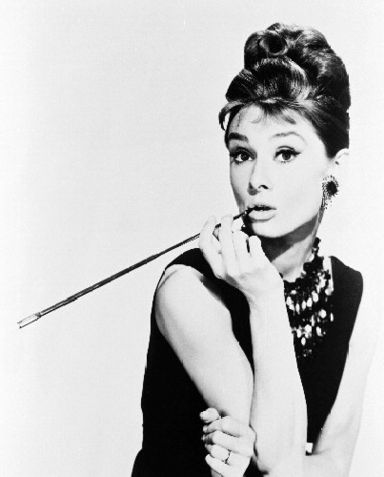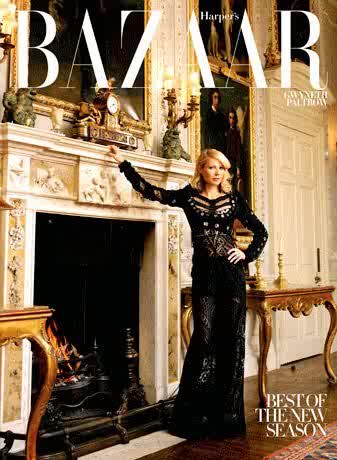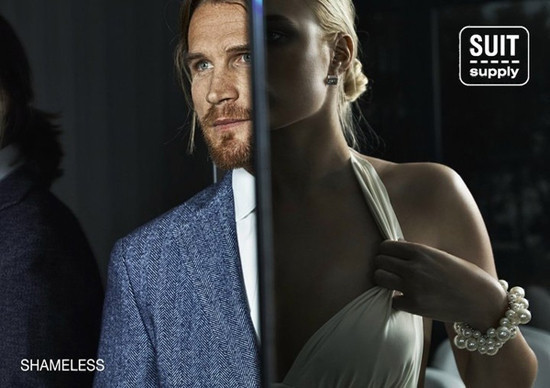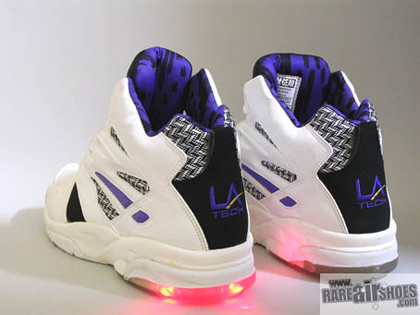In last Tuesday’s class, we watched the film Objectified. A main theme within this movie was the concept of form and content. In regards to design and the design of objects, form can be defined as the means in which an object was created. That is, its medium. Is something painted? Carved? Drawn? There are a multitude of mediums in which something can be created and a design can be executed. The content, then, is essentially what the form contains. It is the idea behind the whole design, and the concept that is meant to be conveyed. Looking at these two definitions, we see that form and content are interrelated. Without form, content is idle – it has no function within the world. Rather, it is merely an idea. Similarly, without content, form contains no meaning.
When we look at objects from a subjective perspective, we mostly recognize its form, and rarely its content. We see that something was painted, was carved, was drawn. But what does that form hold? Is there a function to the design? A reason why this particular form was used?
One example that I explicitly remember in Objectified that addressed this issue was the explanation of the Japanese toothpick. When we see the toothpick, we know that it’s wooden because we see its surface and texture, which is what we know to be wood. We know its primary function as a toothpick, as well, because our society implicitly tells us that it is used after we eat at restaurants. However, we usually do not recognize the divits at the top of the toothpick which also is designed to have a function. It is meant to be broken off at that point, so one can rest his or her toothpick on it. Yet, we do not think anything of this design beyond the surface of its look.

Thus, from this toothpick example, we see that all things are designed and have a function (its content), even though we may not pay attention to it (because we only pay attention to its form). We only see the wooden form of the toothpick, but neglect to see its content in its entirety. Consequently, we do not use the toothpick to its fullest potential. Form and content are interrelated and depend on each other to function and have a place in society. The toothpick depends on its wooden form to execute its use in the most efficient and resourceful way possible. Additionally, the wooden form is dependent on the idea of a toothpick as a tool to loosen food particles out of teeth to have a purpose in society. From this, we see that objects should not be objectified for they are more than just appearances and what is on the surface. They have content, like us, and purpose within the world.
Photo credit: Blog.BrianQuan.com
 Colors can affect and transform a single design into a whole different meaning. Take the U.C. Davis colors - blue and gold (or specifically, UC Davis Blue 295 and UC Davis Gold 132). As a U.C. Davis student, when I see the colors blue and gold, I associate it with my school. Drawing from a sense of school pride, I am reminded of U.C. Davis every time I see this color combination, even if I do not see a U.C. Davis logo itself.
Colors can affect and transform a single design into a whole different meaning. Take the U.C. Davis colors - blue and gold (or specifically, UC Davis Blue 295 and UC Davis Gold 132). As a U.C. Davis student, when I see the colors blue and gold, I associate it with my school. Drawing from a sense of school pride, I am reminded of U.C. Davis every time I see this color combination, even if I do not see a U.C. Davis logo itself. Like Marco Boschini said, “Without color, il disegno may be called a body without a soul.” Similarly, without color, the U.C. Davis logo is a body without a soul. Colors give the logo dimension and character. We are blue and gold!
Like Marco Boschini said, “Without color, il disegno may be called a body without a soul.” Similarly, without color, the U.C. Davis logo is a body without a soul. Colors give the logo dimension and character. We are blue and gold!
































